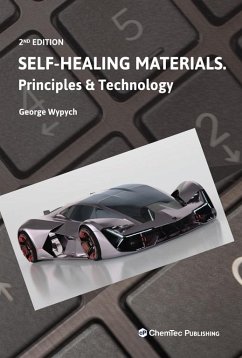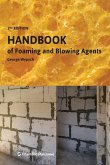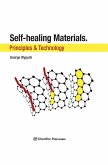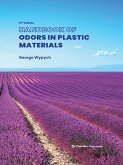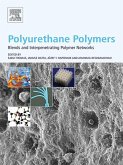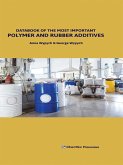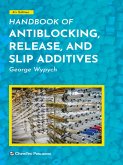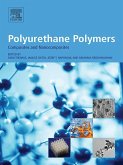Self-Healing Materials: Principles and Technology, Second Edition provides engineers and researchers in both industry and academia the information they need to deploy self-healing technology in a range of potential applications, from adhesives to the automotive industry, and from electronics to biomedical implants. Sections discuss the principal mechanisms of self-healing and how these are applied to the development of materials that have the ability to repair themselves, either with minimal or no human intervention. In addition, the book provides a theoretical background and a review of the major research undertaken to date, providing a thorough grounding in this concept and related technology. Other sections compare the parameters of different self-healing technological processes, such as fault detection mechanisms, methods of triggering and turning off the healing processes, the activation energy of self-healing processes, the means and methods of delivery of the healing substances to the defect locations, self-healing timescale (rate of self-healing), and the extent of self-healing (healing efficiency, recovery of properties, etc.). In addition, mathematical modeling of the processes of self-healing (molecular dynamics simulation), the morphology of healed areas, and other important topics are thoroughly discussed. - Helps materials scientists and engineers reduce risk of degradation and materials failure by using self-healing materials in a range of applications - Provides real-world application examples so practitioners can assess the applicability and usefulness of self-healing materials in their work - Includes guidance on the efficiency and efficacy of self-healing mechanisms, with coverage of different parameters considered and methodologies used - Discusses typical aids and additives in self-healing materials, including plasticizers, catalysts, shape-memory components, and more
Dieser Download kann aus rechtlichen Gründen nur mit Rechnungsadresse in A, B, BG, CY, CZ, D, DK, EW, E, FIN, F, GR, HR, H, IRL, I, LT, L, LR, M, NL, PL, P, R, S, SLO, SK ausgeliefert werden.

